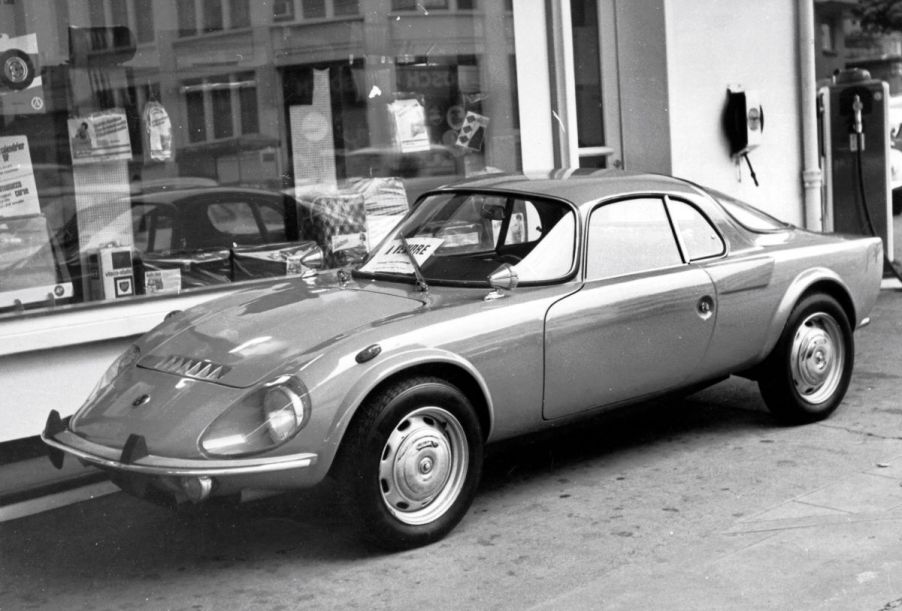
World’s First Mid Engine Production Car Is a Quirky 1.1-Liter Coupe
In the world of automotive engineering, innovation has always been a driving force behind the industry’s evolution. While mid-engine supercars are now a common sight, there was a time when such a configuration was groundbreaking and almost unheard of. In this article, we take a nostalgic look at the Matra Djet, the world’s first mid-engine production car. So, let’s explore its unique features and impact on the automotive landscape.
What is a Djet car?

The Djet, introduced in 1962, was the brainchild of René Bonnet, a French racing car driver, and Charles Deutsch, an engineer. Originally named the “René Bonnet Djet,” this diminutive sports car had an unconventional mid-engine layout, positioning the powerplant behind the driver. This setup offered several advantages, including improved weight distribution, enhanced handling, and increased stability.
The Djet featured a distinctive design characterized by smooth lines and a low-slung body, reminiscent of classic European sports cars of the era. In addition, its sleek profile and aerodynamic shape contributed to its agile performance and high-speed stability.
What engine is in the first mid-engine car?
Under the rear-hinged clamshell hood resided a 1.1-liter Renault engine, capable of producing a modest yet respectable 70 horsepower. While the power output may seem humble by today’s standards, the car’s lightweight construction and mid-engine placement allowed it to deliver an exhilarating driving experience. The car could accelerate from 0 to 60 mph in just 10 seconds, impressive for its time.
The Djet incorporated several technological advancements that set it apart from its contemporaries. It featured a fiberglass body, making it one of the first cars to utilize this lightweight and corrosion-resistant material. Additionally, the car boasted independent suspension, disc brakes, and rack-and-pinion steering, further enhancing its handling capabilities. These advanced features showcased Matra’s commitment to delivering a well-rounded driving experience.
Why is the Djet so important?

The Djet’s introduction marked a turning point in automotive history, revolutionizing how sports cars were designed and built. Its mid-engine configuration became a blueprint for future generations of supercars, influencing renowned manufacturers like Ferrari, Lamborghini, and Porsche. Even though it is influential, it is not as expensive as you would think. A few years ago a clean example sold at an RM Sotheby’s auction for €36,800 or $39,499.
Although production of the Djet was relatively limited, with around 1,500 units produced until 1968, its impact on the automotive industry cannot be overstated. The Djet showcased the potential of mid-engine layouts, highlighting their benefits in performance, handling, and overall driving dynamics.
Is the Djet still relevant?
The Djet, the world’s first mid-engine production car, holds a special place in automotive history. Its quirky design, technological innovations, and impressive performance set a new benchmark for sports cars of its time. While the Djet may have faded into obscurity, its influence can still be felt in the supercars and sports cars we admire today. It serves as a reminder of the power of innovation and the passion that drives the automotive industry forward.


